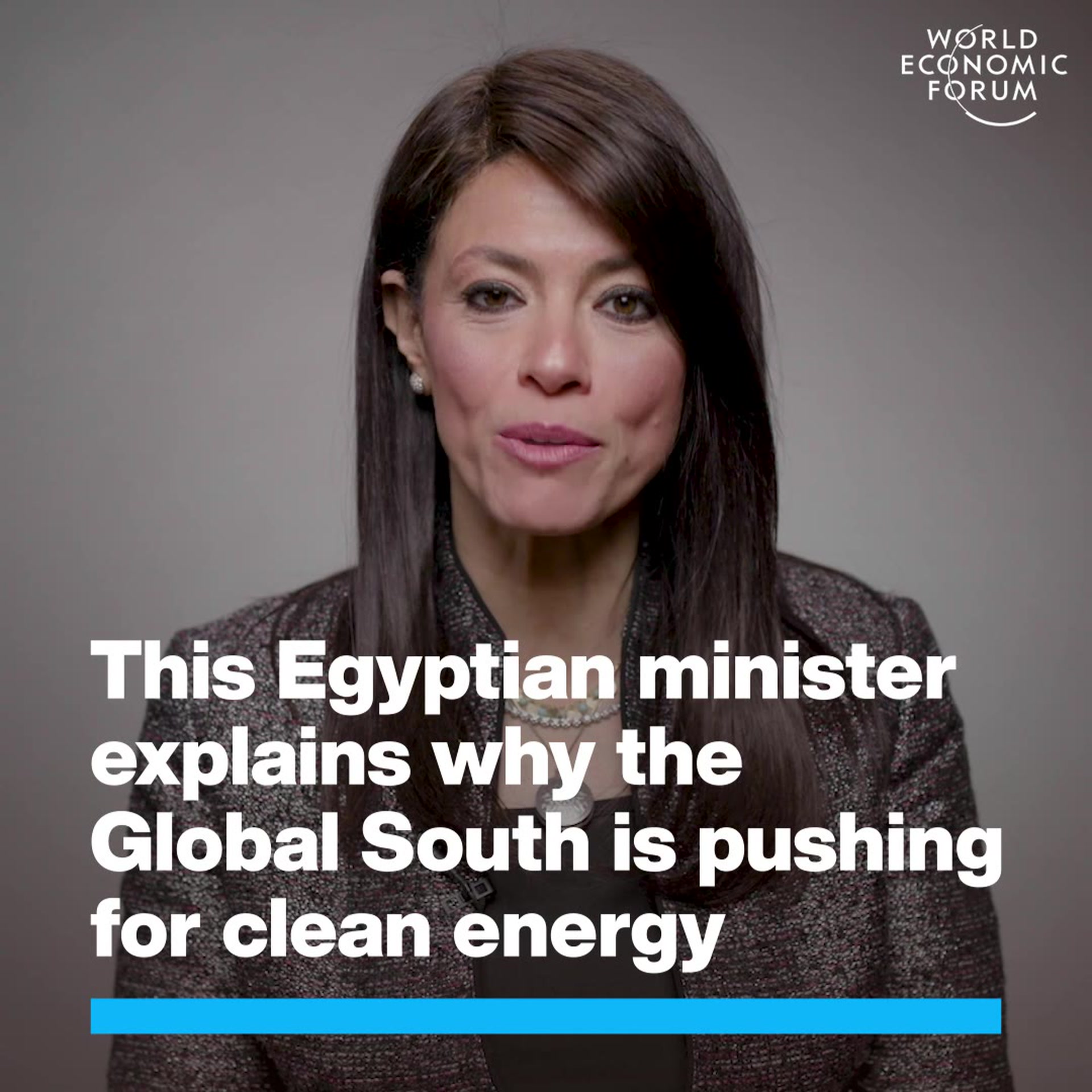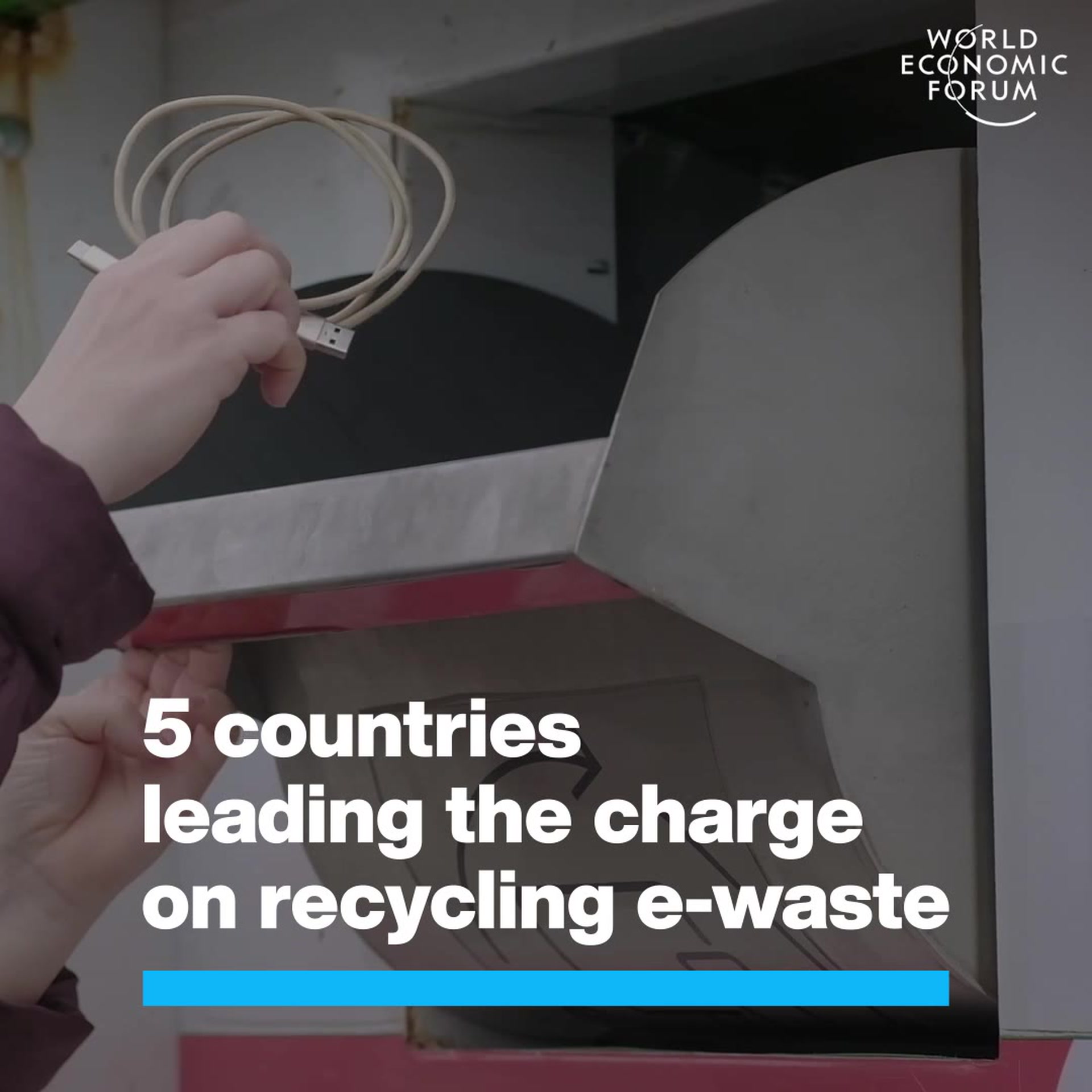3 key outcomes from previous COPs – and the progress the world has made

The Conference of the Parties makes key decisions to tackle the increasing problem of climate change worldwide. Image: REUTERS/Mohamed Abd El Ghany

Get involved with our crowdsourced digital platform to deliver impact at scale
Stay up to date:
COP28
- We all know the acronym, but what exactly is COP and how has it helped the fight against the climate crisis?
- Here, we explore 3 key outcomes from the history of the COP summits and their contribution to global net-zero efforts.
- To keep temperatures below 1.5°C, global emissions must decrease by around 7% annually until 2030, the World Economic Forum warns in a new report.
COP. It’s a familiar acronym regularly featured in news headlines globally, especially around late autumn, but what does it stand for and why is it important?
Conference of the Parties is what the letters in COP stand for. It is the main decision-making body of the United Nations Framework Convention on Climate Change (UNFCCC). This international environmental treaty was established in 1994 to address the growing issue of climate change, specifically the rise in greenhouse gases (GHGs).
The UNFCCC is ratified by the UN’s member states and other “parties”, which take it in turn to host the COP’s annual summit. The first one, held in Berlin in 1995, saw delegates from 117 Parties and 53 observer states. The number now stands at 198 countries – “near-universal membership”, the intergovernmental organization says.
As we head closer to COP28 in the United Arab Emirates, the data is stark.
GHG emissions have increased by 60% since 1990, and all minds are focused on that hopeful and all-important word – progress. And, of course, on what more needs to be done to achieve it, given the number of deadly extreme-weather events since COP27 and record global-average temperatures setting us up for what is “virtually certain” to be the hottest year on Earth ever recorded, EU scientists warn.
At this year’s COP meeting, the parties will conduct the first-ever Global Stocktake to assess the future climate action required.

Here, we look at three key outcomes from the history of the COP summit so far and their contribution to global forward movement along the road to net zero.
1. The Kyoto Protocol
COP’s first significant milestone in the global fight to address the climate crisis was the Kyoto Protocol. This international treaty committed industrialized countries to reduce their emissions by at least 5% against 1990 levels in 2008-12.
It was adopted in 1997 during COP3 in Japan and came into force in 2005. Signed by 192 parties, it was later adjusted to incorporate the Buenos Aires Action Plan (COP4, 1998), extended in Doha (COP18, 2012), and eventually superseded in 2015 at COP21 by the Paris Agreement.
Outcome legacy
The Kyoto Protocol represented a major step forward in international climate diplomacy, as well as in emissions reporting, monitoring and verification. It also introduced extra “mechanisms” to help developed countries at different points in the energy transition meet their limitation targets:
- The International Emissions Trading Mechanism: countries can sell their excess emission units to other countries.
- The Clean Development Mechanism: countries can earn certified emission-reduction credits by implementing emission-reducing projects in developing countries.
- The Joint Implementation Mechanism: countries can earn emission-reducing units by participating in emission-reducing projects in other countries.
How is the World Economic Forum fighting the climate crisis?
2. The Paris Agreement
The most important global climate accord to date, the Paris Agreement, recognizes the need to involve all countries, not just developed nations, in responding to the global climate crisis.
It allows governments to set emissions-reduction pledges rather than impose limitations on countries, like the Kyoto Protocol. Known as “nationally determined contributions” or NDCs, they are reviewed every five years in the hopes of keeping global average temperatures less than 1.5°C above pre-industrial levels.
The agreement also aims to achieve global net-zero emissions in the second half of the century, where the amount of greenhouse gases emitted should equal the amount removed from the atmosphere.
Outcome legacy
The Paris Agreement is widely viewed as a landmark climate change treaty for its ambitious multilateral approach – establishing both temperature and emissions goals, and driving the global community to take action through increasingly nuanced mitigation, adaptation and climate financing measures. However, climate experts say that much more still needs to be done.
From 2024, the agreement’s enhanced transparency framework will further enable the open reporting of countries’ progress, which will feed into future Global Stocktakes. Other achievements highlighted include the growth of low- and zero-carbon solutions and new carbon markets, and the increasing adoption of carbon neutrality targets by nations, cities and businesses.
3. The Loss and Damage Fund
Described by the UN as the highlight of COP27 and a “historic decision”, the Loss and Damage Fund recognizes the need to assist poorer nations that contribute least to the climate crisis yet are struggling with its impacts and access to climate financing.
Pre-existing UN and development bank funding does offer some assistance to states dealing with loss and damage, but is not specifically designated for that purpose.
What’s the latest?
The Loss and Damage Fund will launch at COP28. The parties to the UNFCCC will be responsible for setting up the fund’s operations while the World Bank will host and administer the fund for the first four years.
No country has yet made a specific financial pledge to the fund, but the EU says it will provide a “substantial” contribution while US Climate Envoy John Kerry says Washington will put “several millions of dollars to the fund at the COP”, according to Reuters.
The next stage of climate action will depend to a large extent on the outcome of COP28’s highly anticipated Global Stocktake, but some absolutes remain. To keep global temperatures below 1.5°C, emissions must decrease by around 7% annually until 2030, the World Economic Forum says in a new report.
This would mark a sharp reversal from current increases of 1.5% each year, warn the authors of The State of Climate Action: Major Course Correction Needed from +1.5% to −7% Annual Emissions.
Don't miss any update on this topic
Create a free account and access your personalized content collection with our latest publications and analyses.
License and Republishing
World Economic Forum articles may be republished in accordance with the Creative Commons Attribution-NonCommercial-NoDerivatives 4.0 International Public License, and in accordance with our Terms of Use.
The views expressed in this article are those of the author alone and not the World Economic Forum.
Related topics:
The Agenda Weekly
A weekly update of the most important issues driving the global agenda
You can unsubscribe at any time using the link in our emails. For more details, review our privacy policy.
More on Climate ActionSee all
Neeshad Shafi
May 1, 2024
Johnny Wood
May 1, 2024
Nils Aldag and Christopher Frey
May 1, 2024
Pooja Chhabria and Michelle Meineke
April 28, 2024







